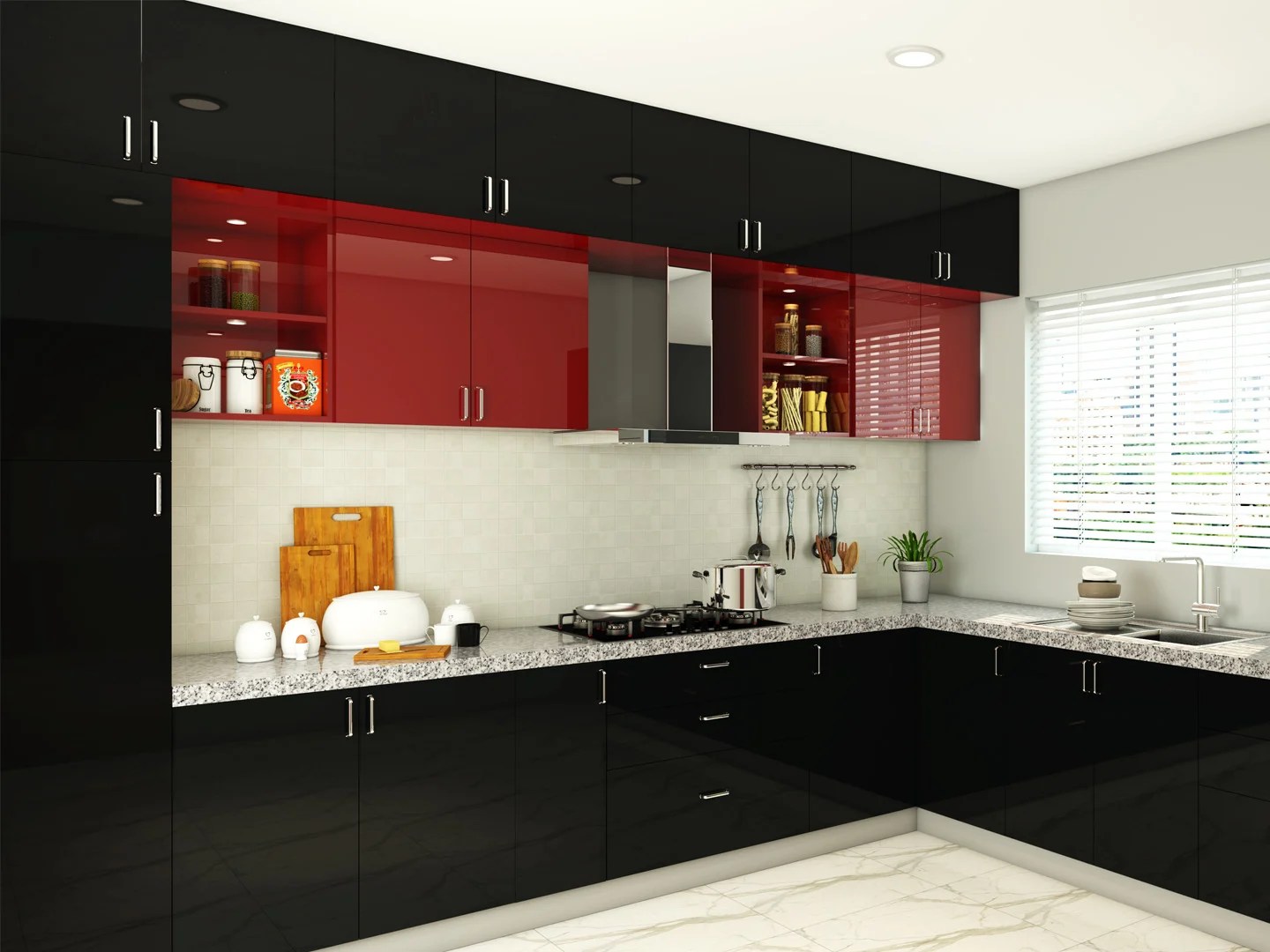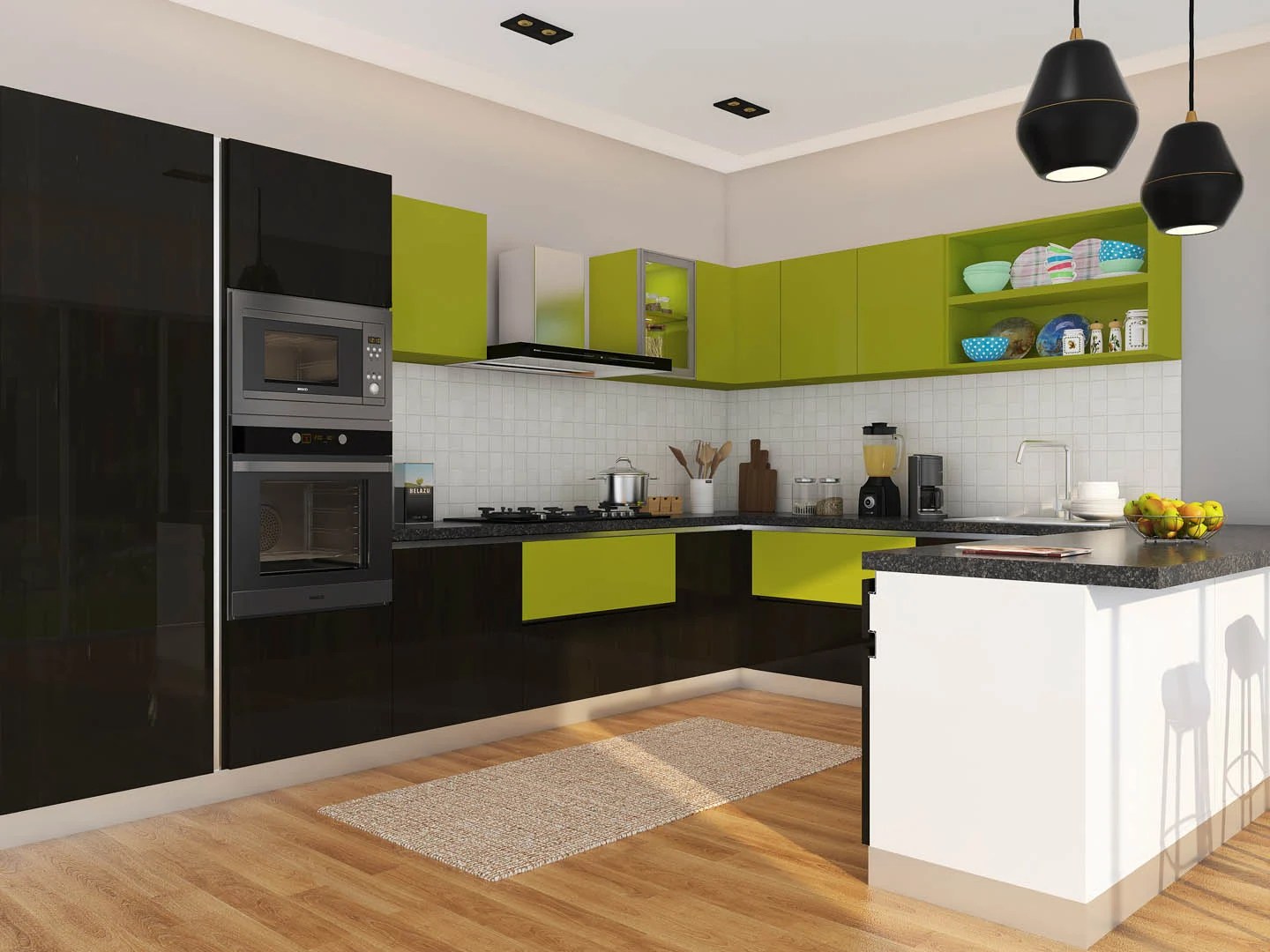Design isn’t just about color or layout; it’s about how materials come together to create an emotional experience. He knows that textures have a profound impact on the atmosphere of a space, influencing how people feel when they walk into a room. She emphasizes that mixing various textures, from soft fabrics to rough surfaces, can elevate any design scheme. They also understand that the right balance not only adds depth but also projects a unique personality, making spaces more inviting and alive. This deep look into textures shows how they transform environments from ordinary to extraordinary.
The Importance of Texture in Interior Design
The role of texture in interior design goes beyond just aesthetics; it brings spaces to life. She believes that texture adds dimension, inviting people to touch and experience the environment. He understands that the right mix of materials can enhance visual appeal and create a warm, inviting atmosphere, making any area feel more complete and personal.
Creating Depth and Interest
Among the many elements in interior design, texture is key to creating depth and interest in a space. They can layer different textures, such as smooth, rough, soft, and hard surfaces, to catch the eye and keep the room engaging. When she merges materials like wood, metal, and fabric, it transforms a flat design into a vibrant experience, allowing each component to shine.
Enhancing Emotional Experience
Among the impactful aspects of interior design, texture profoundly enhances the emotional experience of a space. She sees how unique textures can evoke feelings, whether it’s the warmth of a plush rug or the sleekness of polished marble. He knows that the tactile aspects of design contribute to how individuals feel in that environment.
In addition, she emphasizes that textures play a significant role in setting the mood of a room. For instance, soft fabrics can foster a sense of comfort and relaxation, while rougher elements might evoke a more industrial feel. They can influence people’s emotions, creating a welcoming sanctuary or a motivational workspace. By carefully selecting the right textures, she can transform an ordinary space into a place that resonates deeply with individuals, making them feel at home or inspired.
Types of Textures and Their Impact
Some textures can deeply influence a space’s mood and functionality. Understanding different types can help homeowners create their desired ambiance. Here’s a quick overview:
| Texture Type | Impact |
| Smooth | Cleanses the visual space, promoting calm. |
| Rough | Adds warmth and authenticity, creating coziness. |
| Soft | Evokes comfort, making spaces inviting. |
| Hard | Conveys strength and durability. |
| Glossy | Enhances light reflection, making areas appear larger. |
This variety of textures contributes to a home that not only looks fabulous but feels amazing, too.
Visual Textures
An effective interior not only engages the senses but also plays tricks on the eyes. Visual textures, like patterns and colors, create the illusion of depth and dimension, drawing attention and stirring emotions. By layering visuals, homeowners can produce a striking ambiance that elevates the overall aesthetic. He or she should consider incorporating bold wallpapers or intricate tile patterns to capture that eye-popping effect.
Tactile Textures
The feel of a surface can transform a room’s entire vibe. Tactile textures invite interaction and exploration, making spaces more appealing and engaging. Whether it’s the plush softness of a rug or the coolness of glass, these elements provide an instant sensory connection.
Impact goes beyond aesthetics when it comes to tactile textures; they shape the experience of a room. By introducing strong tactile components like a soft velvet sofa or a rustic wooden table, they create warmth and depth, turning cold settings into cozy havens. They offer an emotional connection that can drastically improve a space’s comfort level. An awareness of how different materials resonate with inhabitants can lead to notably enhanced living environments. Emphasizing the right textures can uplift moods and inspire creativity.
Mixing Textures: Striking the Right Balance
Even the most stunning spaces can falter when textures clash. He or she needs to embrace the art of mixing textures by layering various materials, like silky fabrics with rugged woods, to create a harmonious atmosphere. The key lies in achieving that perfect equilibrium, allowing different elements to complement instead of compete. By thoughtfully combining textures, they elevate their design and bring out the unique personality of the space.
Complementing Styles
Across different design aesthetics, blending textures can create a cohesive and inviting environment. He or she can pair sleek modern finishes with cozy vintage accents, emphasizing the best of both worlds. This fusion not only enriches the visual appeal but also invites guests to experience the space more meaningfully.
Avoiding Overwhelm
Before diving headfirst into layering, he or she must consider how to keep their design from feeling chaotic. Too many competing textures can lead to an overwhelming environment, making it hard to appreciate the space.
Complementing diverse textures while maintaining a sense of harmony is vital in modern interior design. He or she should focus on creating a defined color palette and sticking to a few key materials. By doing so, they allow different textures to shine without stealing the spotlight from one another. It’s all about achieving that balance, where textures enhance the aesthetic rather than overcrowding it, ultimately resulting in a space that feels both inviting and thoughtfully curated.
Textures in Various Spaces
Unlike traditional interior design, modern approaches embrace the idea that textures can define the atmosphere of different spaces. From sleek surfaces to cozy fabrics, incorporating diverse textures not only adds visual interest but also creates a sensory experience that resonates with those who inhabit the areas. A well-thought-out combination of textures can elevate a mundane room into a captivating space that reflects an individual’s personality and lifestyle.
Living Rooms and Common Areas
Below, living rooms and common areas become vibrant showcases of texture. By layering items such as plush rugs, textured cushions, and wooden surfaces, they evolve into welcoming spaces. These tactile elements encourage interaction and comfort, making shared moments more memorable. They allow families and friends to connect within a cozy, inviting environment.
Bedrooms and Personal Spaces
With a focus on relaxation and tranquility, bedrooms and personal spaces utilize textures that promote comfort. Soft textiles like cotton, linen, and wool create a sanctuary for rest and rejuvenation. By incorporating touches of velvet or knit throws, she can evoke warmth and intimacy. A mixture of textures not only beautifies the space but also facilitates a unique personal retreat where he can recharge and unwind.
This careful selection of textures holds immense power in transforming bedrooms into personal sanctuaries. They allure with soft blankets that invite snuggling, and rich rugs underfoot that soften the atmosphere. Combining visual appeal with tactile sensations, he finds a harmonious balance between relaxation and artistry. Ultimately, in these personal retreats, they create a unique space that reflects his or her style while providing unparalleled comfort and tranquility.
Choosing the Right Textures for Your Vision
Many designers find that selecting the right textures is imperative to manifesting their unique vision. Textures can transform a space, adding depth and character. Whether it’s the soft touch of velvet or the roughness of reclaimed wood, each texture is a building block that can elevate a room from ordinary to extraordinary. Engaging with the right mix of textures allows them to create a compelling narrative that truly reflects their personal and artistic ethos.
Aligning with Color Palette
Above all, textures must harmonize with the chosen color palette for a cohesive design. By thoughtfully integrating textures that complement colors, they can amplify the overall aesthetic, creating an inviting atmosphere. Texture and color work hand in hand, helping to activate a space’s energy and create emotional connections that resonate with those who occupy it.
Reflecting Personality and Style
An effective interior design tells a story, and textures are a vital part of that narrative. They allow him or her to showcase their personal taste and style, making each space unique. By choosing textures that resonate with their experiences, interests, or passions, designers impart a sense of identity to their work. The right combination of textures can evoke feelings of nostalgia, comfort, or adventure, making each room a reflection of who they are and what they value.
Aligning textures with their personality can be a game changer. It’s about creating an emotional landscape that communicates who they are. When she opts for sleek metallics, she may exude modernity and sophistication. If they lean towards rustic wood elements, it can evoke warmth and earthiness. Embracing unique, even contrasting textures can accentuate individuality and style, creating a space that resonates on a deeper level. Ultimately, textures become the storytellers of the home, inviting others to experience their journey through touch and sight.
Future Trends in Textures
For designers and homeowners alike, the future of textures presents an exciting opportunity to explore innovative aesthetics. He believes that the evolution of materials will lead to a fusion of styles that challenge the norms of conventional design. She sees a shift towards more dynamic and versatile textures that not only enhance visual appeal but also invoke emotion. They predict a landscape where unexpected combinations will make bold statements, inviting people to connect with their spaces on a deeper level.
Sustainable Materials
Future trends will heavily prioritize sustainability in materials, emphasizing eco-friendly options that contribute to a healthier planet. He observes that these materials will not only be visually appealing but will also tell a story, connecting with environmentally conscious consumers. She notes how reclaimed wood and recycled textiles will gain traction, reflecting a blending of aesthetics and ethics. They recognize that as awareness about sustainability grows, incorporating these elements will no longer be a trend but a standard in interior design.
Technology’s Influence on Texture
Materials are evolving with technological advancements, allowing designers to push the boundaries of creativity. He understands that modern techniques enable the creation of custom textures that weren’t possible before, such as 3D-printed surfaces and digitally created patterns. She emphasizes the importance of smart textiles that adjust to environmental changes, offering both functionality and style. They recognize how these innovations will shape future design conversations, encouraging a blend of tactile experiences with digital influences.
Textures can now be enhanced using technology, driving the revolution of modern interior design. They’re witnessing a wave of cutting-edge innovations that transform how spaces feel and function. Lights integrated with textures can create dynamic shadows that shift throughout the day, while sound-absorbing materials can lead to quieter, more serene environments. With virtual reality tools, designers can visualize and manipulate textures before implementation, creating a more experiential process. Embracing these technological advancements, they know the future of textures will be defined by a balance of form and function, merging style with practicality in modern spaces.
Summing up
On the whole, he understands that textures elevate modern interior design, making spaces come alive. She appreciates how they can create warmth, contrast, and a unique personality in any room. They know that blending different materials and finishes allows for endless creativity and personal expression. Ultimately, he, she, and they realize that incorporating various textures not only enhances aesthetics but also fosters an inviting atmosphere that resonates with the soul of a home. This is where true inspiration and innovation in design lie.








